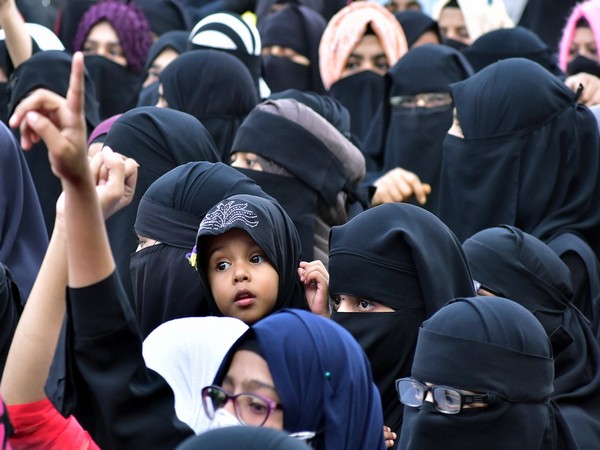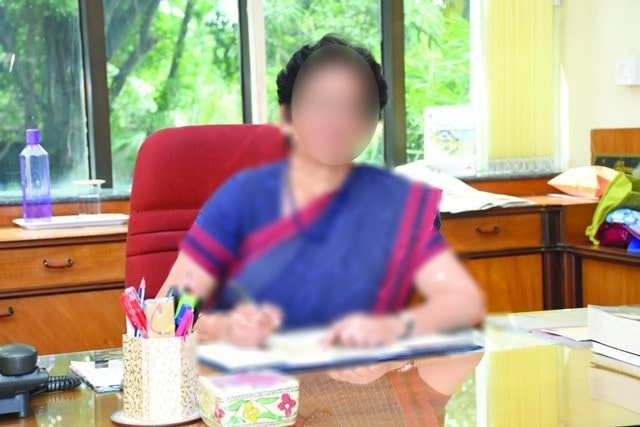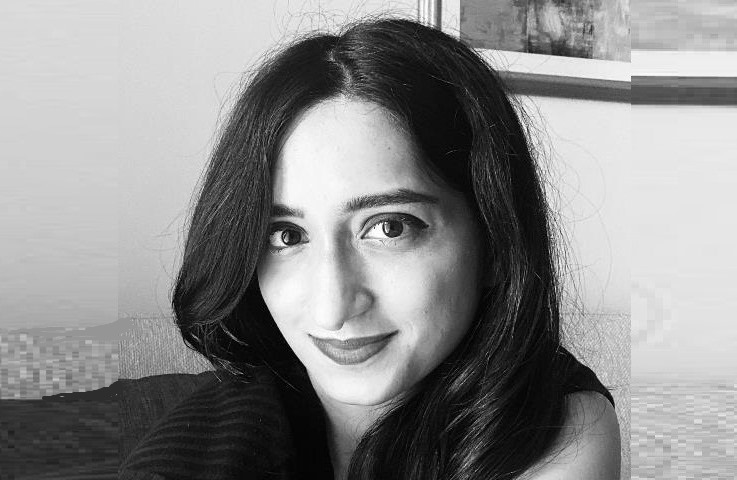The Supreme Court on Friday issued notice to the Centre on a petition filed by the National Commission for Women (NCW) to make the minimum age of marriage for Muslim girls the same as that of persons belonging to other religions.
A bench of Chief Justice of India DY Chandrachud and Justice PS Narasimha sought a response from the Centre within four weeks.
The minimum age for marriage in India is currently 18 for women and 21 for men. However, the minimum marriage age for Muslim women is when they attain puberty and 15 years is presumed to be that age.
The NCW said that allowing Muslims to marry at the age of puberty (around 15) is arbitrary, irrational, discriminatory and violative of penal laws.
The plea said even the Protection of Children from Sexual Offences Act (POCSO) does not provide for those under 18 to consent to sex.
It said the PIL was filed for enforcement of the fundamental rights of minor Muslim women to bring Islamic personal law in consonance with the penal laws applicable to other religions.
Earlier, the apex court agreed to examine the plea of the National Commission For Protection of Child Rights (NCPCR) against an order of the Punjab and Haryana High Court which said a Muslim girl of 15-years-old is competent to enter into a contract of marriage with a person of her choice under the Muslim Personal Law.
It had issued notice to the Punjab government and appointed senior advocate Rajshekhar Rao as amicus curiae to assist the court in the matter.
The High Court in June in its order had cited the provisions of the Muslim Personal Law on marriage to rule that a 15-year-old Muslim girl was competent to enter into a contract of marriage with a person of her choice.
The NCPCR sought to ensure the proper implementation of statutory laws that are specifically in place to protect children below the age of 18 years.
The Commission highlighted the provisions of the Prohibition of Child Marriage Act (PCMA) 2006 and the Protection of Children from Sexual Offences Act (POCSO) to put forth its reasons for challenging the High Court ruling.
NCPCR said that the order is violative of PCMA which, the petition said, is a secular law that is applicable to all.
“The provisions of POCSO say no child below the age of 18 years can give valid consent,” it said.
The high court order had come on a plea by a Pathankot-based Muslim couple that had approached the court seeking protection after allegedly being threatened by their families for marrying without their permission.
The girl and a 21-year-old man had said that they got married as per Muslim rites and ceremonies.
The High Court had granted protection to the Muslim couple noting that the law is clear that the marriage of a Muslim girl is governed by Muslim Personal Law. (ANI)
Read More: http://13.232.95.176/



